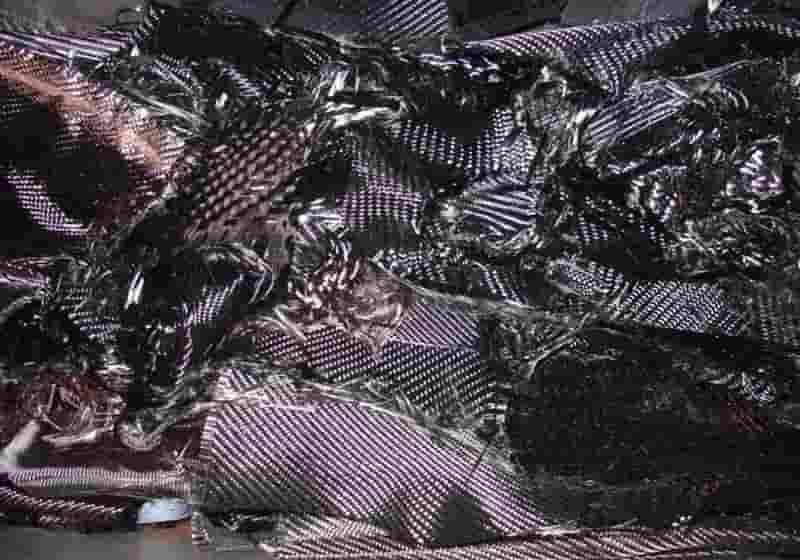Pressolysis Sustainable Recycling – Pressolysis: A Sustainable Recycling Method for Plastics and Composites – Every year, around 380 million tons of plastic are produced, with only 9% being recycled 27-12-2023 - Arhive
Pressolysis Sustainable Recycling
Pressolysis: A Sustainable Recycling Method for Plastics and Composites
Plastics and composites are widely used materials in various industries, such as packaging, automotive, aerospace, construction, and electronics. However, they also pose significant environmental challenges, as they are often difficult to recycle and end up in landfills or oceans, causing pollution and harming wildlife. According to a 2017 study, only 9% of the global plastic waste was recycled, 12% was incinerated, and 79% was accumulated in landfills or the natural environment1. Pressolysis Sustainable Recycling
To address this problem, researchers and innovators have been developing various recycling methods that can recover valuable materials from plastic and composite waste, and reduce their environmental impact. One of these methods is pressolysis, a pressure-based technology that uses only steam to separate and recover organic materials from waste streams2. Pressolysis is also known as thermo-cyclic pressolysis, as it involves cyclic heating and cooling of the waste materials under high pressure3.
How does pressolysis work?
Pressolysis is a chemical recycling method that breaks down the molecular bonds of plastic and composite materials, and converts them into reusable monomers or oligomers. The process consists of four main steps3:
- Preparation: The waste materials are shredded and mixed with water in a reactor vessel. Pressolysis Sustainable Recycling
- Heating: The reactor is heated to a high temperature (around 300°C) and pressurized to a high pressure (around 200 bar) using steam. This causes the water to become supercritical, meaning it has both liquid and gas properties, and can act as a solvent and a catalyst for the depolymerization reaction.
- Cooling: The reactor is rapidly cooled to a low temperature (around 100°C) and depressurized to a low pressure (around 1 bar) using cold water. This causes the depolymerized products to separate from the water and form two phases: an organic phase and an aqueous phase.
- Recovery: The organic phase, which contains the monomers or oligomers, is collected and purified for further use.
- The aqueous phase, which contains water and some dissolved salts, is recycled back to the reactor. Pressolysis Sustainable Recycling
The heating and cooling cycles are repeated until the desired degree of depolymerization is achieved. The number of cycles depends on the type and composition of the waste materials, and the quality and quantity of the recovered products.

What are the advantages of pressolysis?
Pressolysis has several advantages over other recycling methods, such as pyrolysis, solvolysis, and mechanical recycling. Some of these advantages are23:
- It is a clean and green process, as it uses only water and steam, and does not produce any harmful emissions or residues. Pressolysis Sustainable Recycling
- It is a versatile and flexible process, as it can handle various types of plastic and composite materials, such as polyethylene, polypropylene, polystyrene, polyethylene terephthalate, polyamide, polyurethane, epoxy, and carbon fiber reinforced polymer.
- It is a high-yield and high-quality process, as it can recover up to 90% of the original mass of the waste materials, and produce monomers or oligomers that are free from impurities and have similar properties to virgin materials.
- It is a cost-effective and energy-efficient process, as it uses low amounts of water and electricity, and can generate heat and water as by-products that can be reused or sold. Pressolysis Sustainable Recycling
What are the challenges and opportunities of pressolysis?
Pressolysis is a promising recycling method that has the potential to revolutionize the plastic and composite industry, and contribute to a circular economy. However, it also faces some challenges and opportunities that need to be addressed. Some of these are3:
- The process needs to be optimized and standardized for different types of waste materials, and the optimal parameters and protocols need to be established and validated. Pressolysis Sustainable Recycling
- The process needs to be scaled up and commercialized, and the economic and environmental benefits need to be demonstrated and quantified.
- The process needs to be integrated and coordinated with other recycling methods and waste management systems, and the regulatory and policy frameworks need to be updated and harmonized.
- The process needs to be supported and promoted by various stakeholders, such as manufacturers, recyclers, consumers, governments, and NGOs, and the awareness and acceptance of the process need to be increased and enhanced.
Conclusion
Pressolysis is a novel and innovative recycling method that uses steam to depolymerize plastic and composite materials, and recover reusable monomers or oligomers. It is a clean, versatile, high-yield, and cost-effective process that can reduce the environmental impact of plastic and composite waste, and create new value and opportunities for the industry and society. Pressolysis Sustainable Recycling
Pressolysis is still in its early stages of development, and requires further research and development, as well as collaboration and communication, to overcome the challenges and seize the opportunities that lie ahead.

Pressolysis Sustainable Recycling
